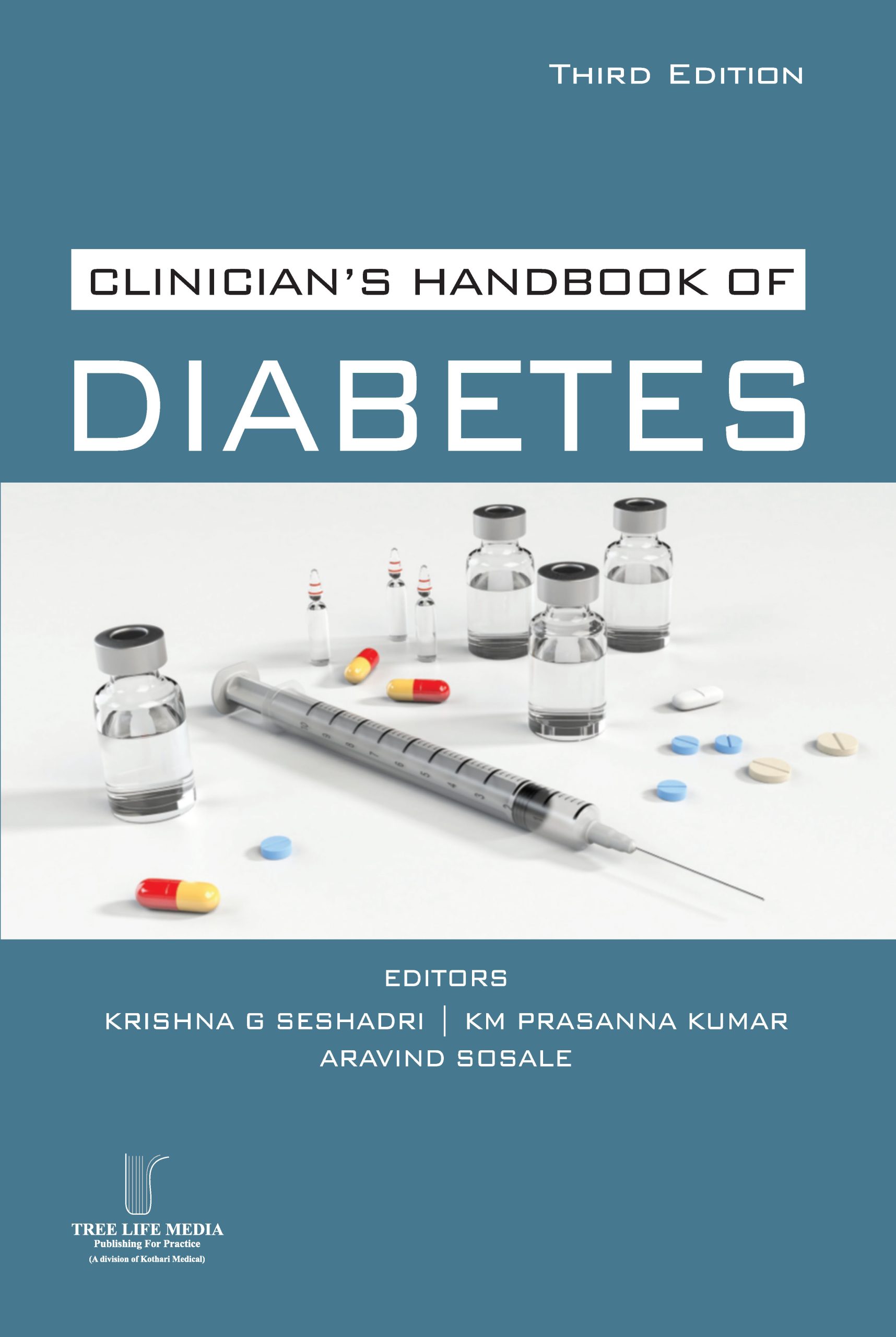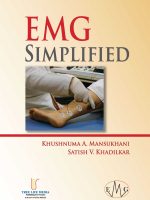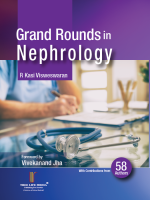Case -based approach is one of the most used and most effective formats to present medical information and is the foundation for developing evidence – based treatment protocols. In its third edition, the Clinician’s Handbook of Diabetes Mellitus covers a wide range of case studies in diabetology with each case including history, investigations, differential diagnosis and discussion, critique, practice points as well as references.
Clinician’s Handbook of Diabetes 3/Ed.
₹675.00
Case -based approach is one of the most used and most effective formats to present medical information and is the foundation for developing evidence – based treatment protocols. In its third edition, the Clinician’s Handbook of Diabetes Mellitus covers a wide range of case studies in diabetology with each case including history, investigations, differential diagnosis and discussion, critique, practice points as well as references.
| Weight | 1000 kg |
|---|---|
| Dimensions | 20 × 14 × 4 cm |
Customer Reviews
There are no reviews yet.










Be the first to review “Clinician’s Handbook of Diabetes 3/Ed.”